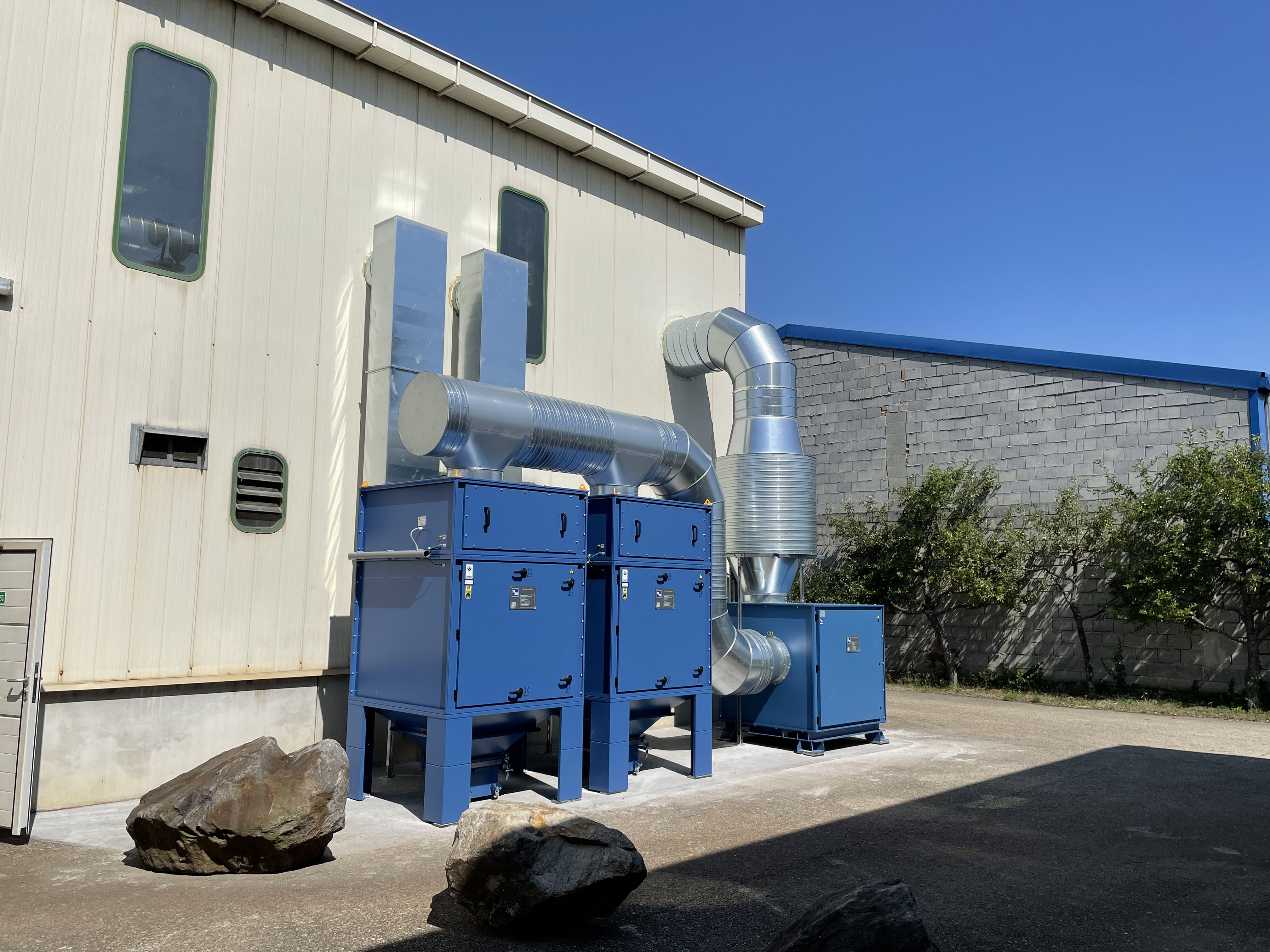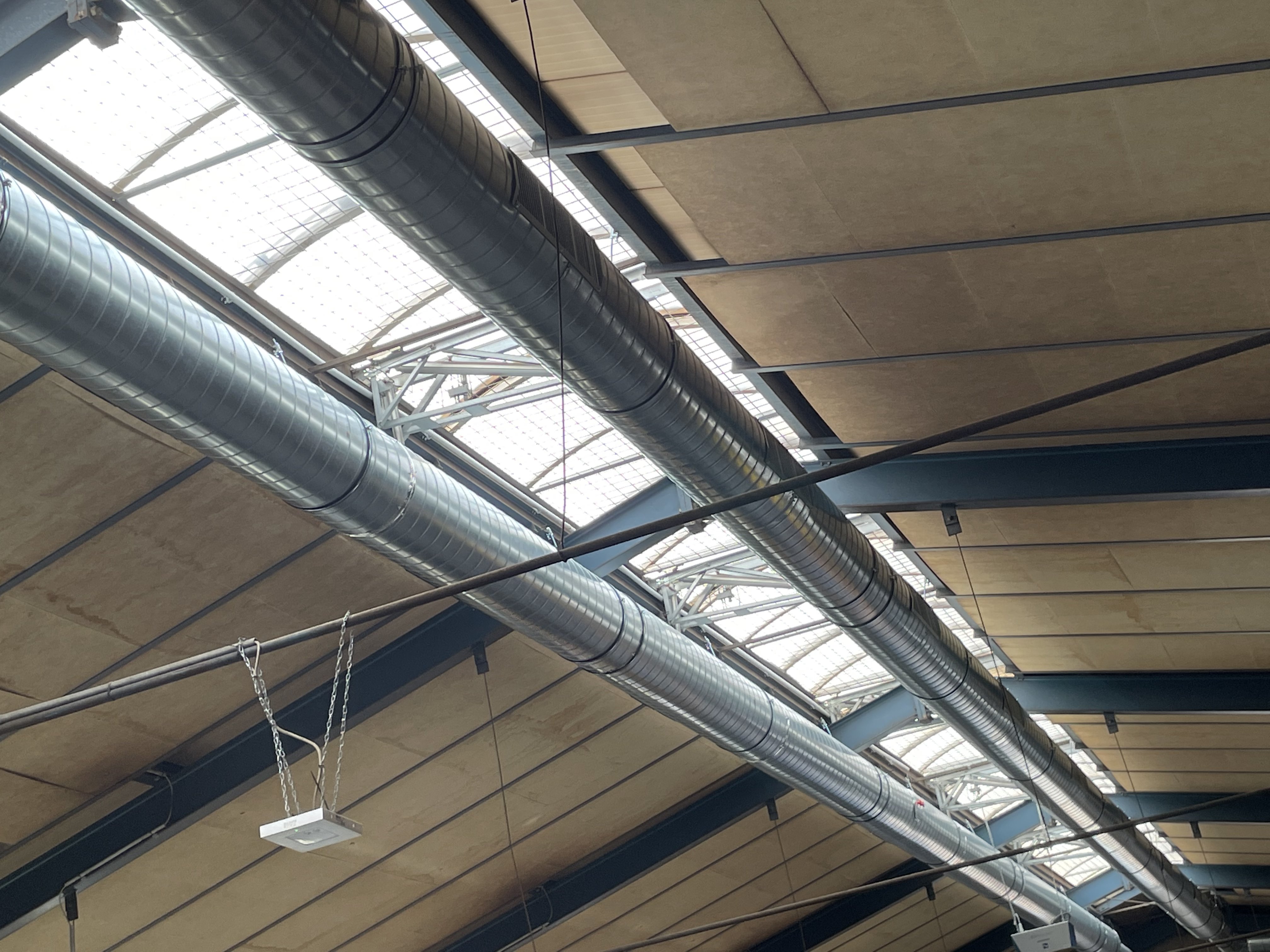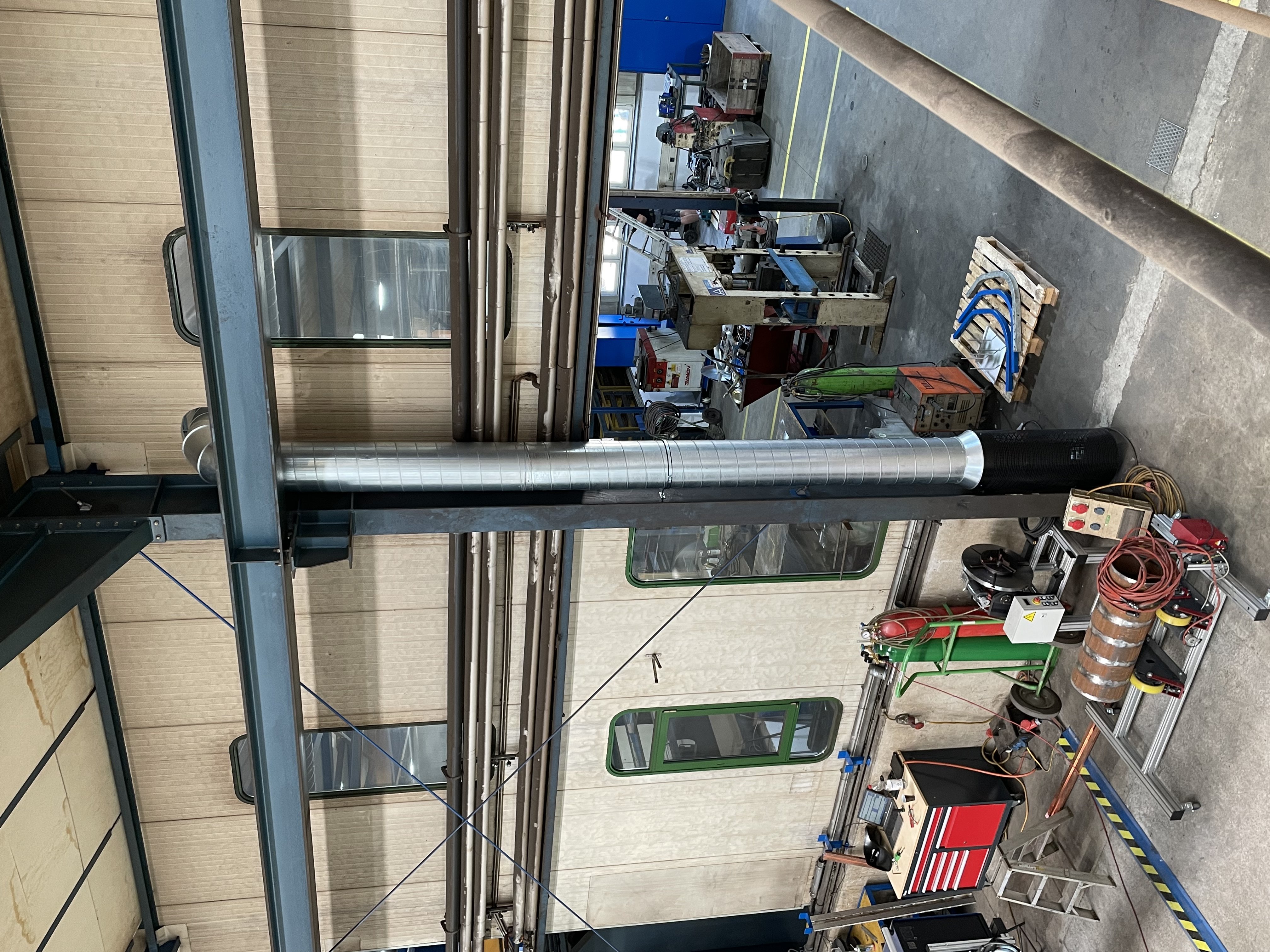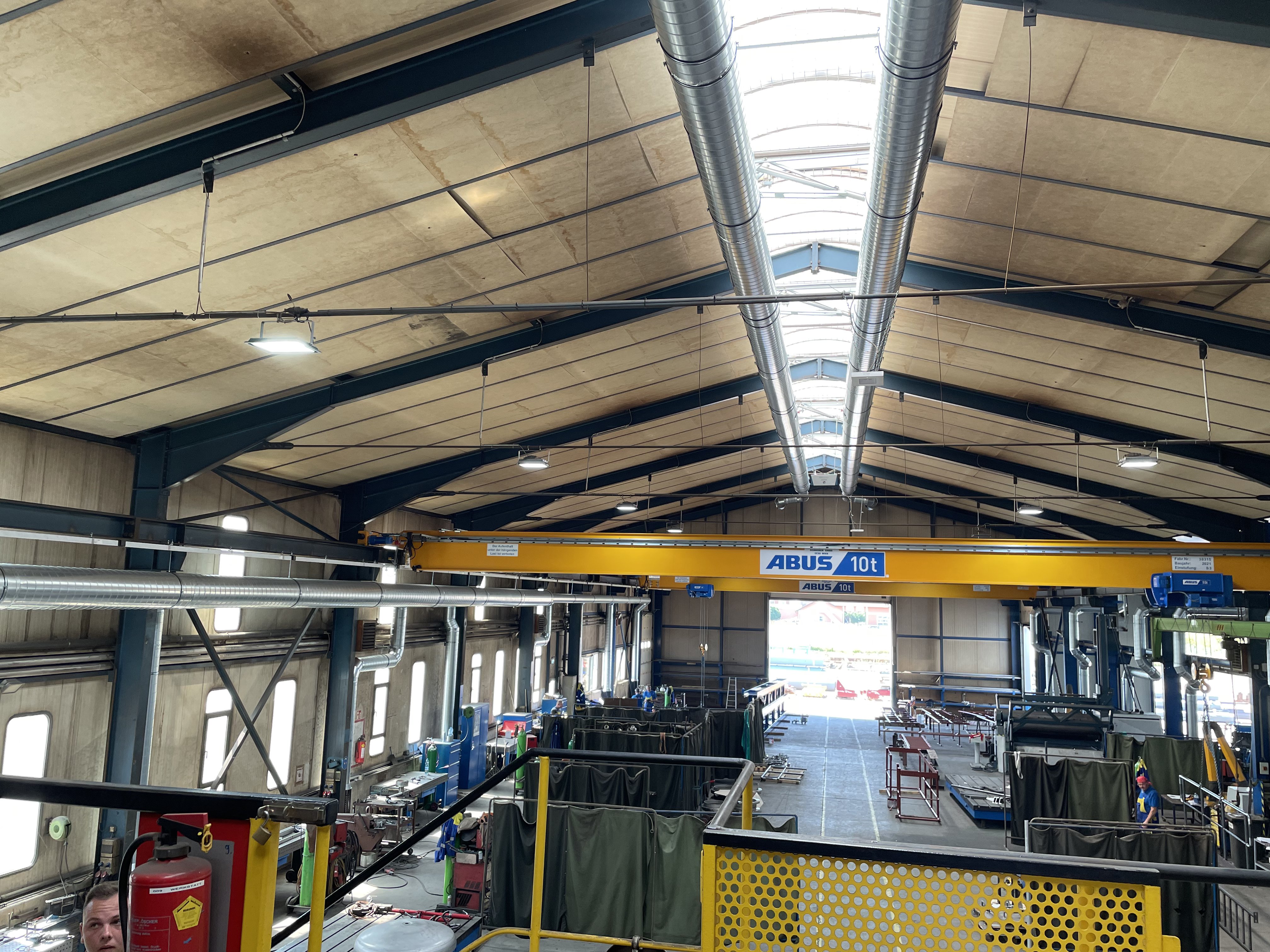Combined system concept for improved health protection
November 15, 2022
New ZPF for TEKA ensures clean indoor air at Binder
Wherever large parts made from structural and stainless steel are welded and manually ground, the new layer ventilation solution extracts the contaminated air as and when required.
“In combination with the spot extraction concept, this layer ventilation system represents an important reference project for us and represents a solution that can enhance health protection at other companies that want to extend their existing extraction concepts,” explains TEKA’s Managing Director Simon Telöken.
The Binder group of companies based in Zwentendorf in Lower Austria has been a leading systems supplier in the steel and pipeline construction sectors ever since 1989. From precision engineering, through production and on to on-site assembly, experts from a wide variety of disciplines work on the overall design and professional implementation of demanding projects, in particular in the field of industrial and power station construction, at the Binder Group’s headquarters in Zwentendorf. Consequently, when they come to Binder, customers from many different industries, e.g. the energy recovery, sugar, paper, cement, pharmaceuticals and timber sectors, benefit from a complete value-added chain, covering design, production and assembly and all from a single supplier.
The large-scale components, which are made from a variety of metals and have previously been planned in the company’s highly professional engineering department, are manufactured in the 45-metre long, 20-metre wide and 9-metre high production hall. The welding processes and the reworking operations, which involve manual grinding at 10 workplaces simultaneously, produce considerable quantities of dust and fumes.
Focusing on protecting health
“To achieve all-round health protection, our aim was to implement an efficient way of complementing the existing mobile extraction units, which are stretched to the limit when we need to work on large components,” explains Kurt Oppenauer, Authorised Representative and Operations manager. The company therefore decided to take a look at its existing spot extraction-based air removal and filter concept. It decided to contact TEKA via the latter’s Austrian dealer Holzer ASS. This gave rise to the idea of a combined extraction and filter system for reducing the overall dust concentration in the production hall.
And the team at Binder is more than happy with the results. A ZPF layer ventilation unit from TEKA has been boosting extraction performance since 2021. The new combination of spot and layer ventilation-based extraction ensures clean indoor air that is free from any health risks for the employees at all times.
“We needed a dependable solution. Choosing TEKA was the right way forwards. TEKA ventilation systems using the push-pull process have already been working reliably in our Hungarian factory for many years,” says Oppenauer.
“The large size of the components means that suction arms cannot always be used. At the same time, it is difficult to capture the emissions using spot extraction technologies due to the frequent changes in working position. That is why the focus during the consulting stage quickly fell on a central ventilation system,” explains Frank Engbers, TEKA Head of Sales in Austria.
As a result, the company decided to acquire a 37-KW TEKA ZPF layer ventilation system with frequency inverter to complement the existing spot extraction solution. The ZPF, which is in worldwide use, has been tested by the IFA (Institution for Occupational Safety and Health) and has W3 certification. Equipped with filter cartridges, it is an impressive all-round solution for almost all applications involving the filtration of fumes and dust.
Implementing the project with proven partners
Following an initial inspection in March 2018, the order was awarded in March 2021 – right in the middle of the Covid-19 pandemic. TEKA was able to count on its reliable local partners to perform the on-site planning and assembly of the system. “Due to the pandemic, it wasn’t possible to travel to on-site meetings during this period. So it wasn’t until July and August 2021 that I was able to travel to Zwentendorf for the acceptance of the installation,” recalls Engbers.
The team headed by TEKA dealer, Ralf Holzer, and the partner entrusted with the assembly work, Dieter Hanek, almost had to act as TEKA’s eyes and ears at the site. All the subsequent project meetings took place via video conference. “There was a high level of trust and confidence, especially because Holzer ASS has been both a TEKA partner and supplier to the Binder Group for many years.”
Layer ventilation guides contaminated air up to the ceiling
The contaminated air and dusts are collected nine metres above the suction grille. They are sucked in close to the ceiling and transported to the filter unit. In the filter section, the contaminated particulate matter is deposited on the surface of the filter cartridges. The clean air is returned to the working area via displacement outlets located close to the floor. In this way, a layer of clean air forms above the floor. This, in turn, displaces the contaminated air from the area in which the employees are working. It also helps to cause the contaminated air to rise towards the suction line.
“There was sufficient free space available to install the suction lines in the ceiling area,” explains Engbers.
At Binder, the ZPF extracts air from a space measuring 8,100 m³. Since the air is changed three times per hour, the actual extraction volume is approximately 24,000 m³/h.
Energy efficiency as an added bonus – Airtracker performs monitoring
The TEKA Airtracker indoor air monitoring concept was installed at the same time as the ZPF. The Airtracker is connected to the unit’s frequency inverter and indicates the indoor air quality throughout the entire production space by means of a traffic light function. The Airtracker is even able to detect particles smaller than 100 nanometres. If the defined site-specific threshold value is exceeded, the ZPF is activated directly, and when the Airtracker displays a green light to indicate that the air is clean, the unit powers down to ensure greater energy efficiency.
Image caption 029: It was possible to install the ZPF on the outside wall of the hall to save space.
Image caption 039:
At Binder, the clean air is returned to the 45-metre long, 20-metre wide and 9-metre high hall.
Image caption 038:
Plentiful suction lines were installed across the entire ceiling area. With the air being replaced three times per hour, the extraction volume is 24,000 m³/h.
